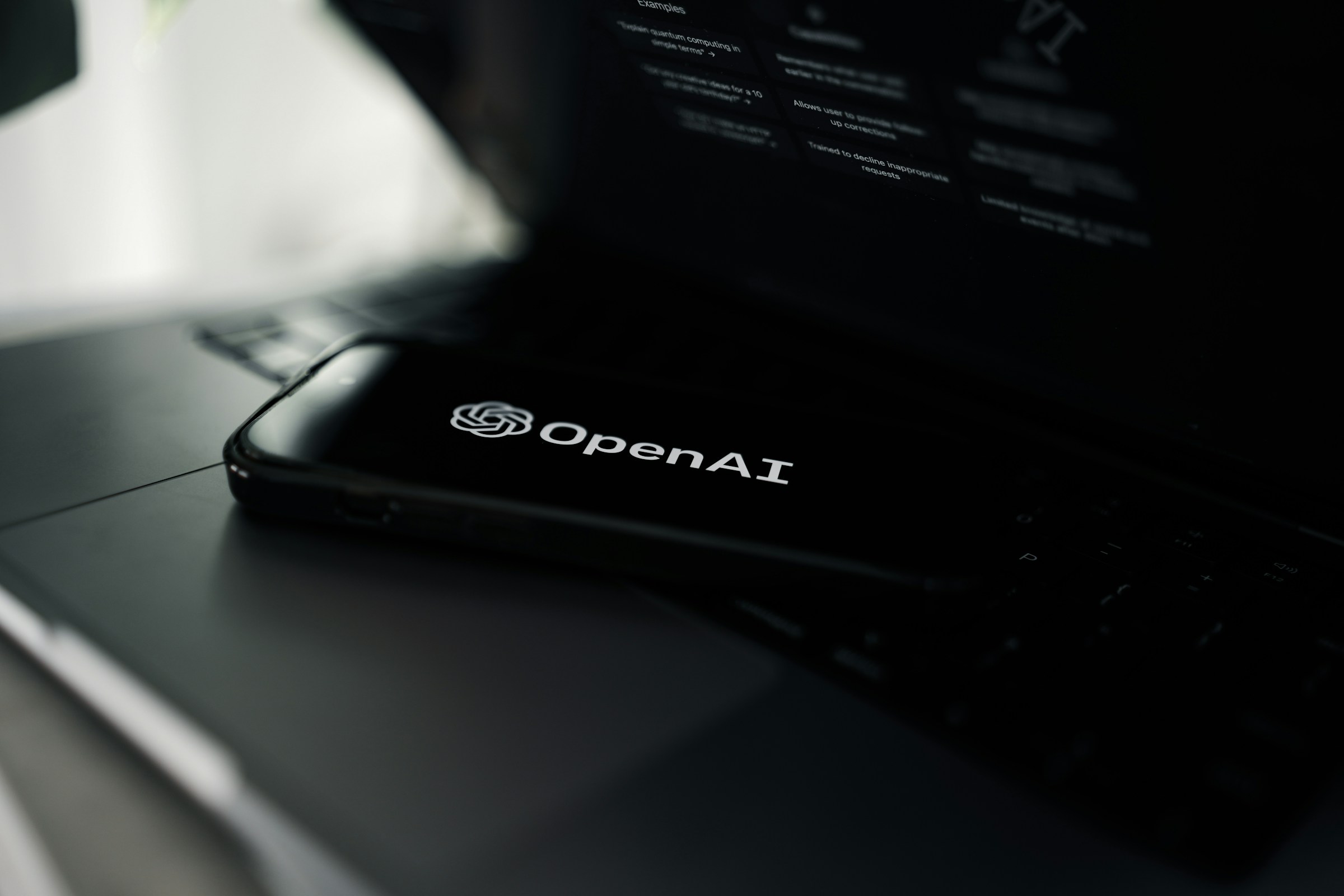When a private tech firm begins talks to sell shares at a valuation of $500 billion, the reflexive assumption is froth. But OpenAI’s move isn’t just another case of late-stage private market exuberance. The valuation signals something deeper—an institutional shift in how AI infrastructure is being priced, owned, and integrated into national economic strategy. The $500 billion figure isn’t based on revenue multiples or SaaS margins. It reflects a repricing of strategic relevance. OpenAI is no longer being valued as a startup with breakthrough models. It is being reclassified—as a quasi-sovereign capability provider.
The trigger isn’t the product roadmap. It’s the infrastructure footprint. OpenAI’s models now power Microsoft's enterprise suite, plug into defense and intelligence partnerships, and underpin early-stage digital governance tools. What investors are valuing is not future profit—it’s platform positioning. And that changes the rules. Because once foundational model companies begin to look like energy grid operators or cloud backbone equivalents, the logic of venture multiples gives way to state-aligned capital logic. And that means sovereign wealth funds, strategic arms of Big Tech, and cross-border allocators are now the primary audience—not retail IPO markets.
This is not the first time a valuation leap like this has prompted structural reassessment. In 2016, when SoftBank’s Vision Fund began deploying capital at scale, startup valuations surged on capital availability, not fundamentals. But the OpenAI case diverges. Here, the capital is not just abundant—it is institutional, strategic, and geopolitical. Microsoft’s alignment is the clearest example. Their equity stake is tied to capped profit models, backend infrastructure integration, and exclusive product partnerships. This isn't venture exposure—this is digital asset consolidation. A $500 billion valuation, in that light, is less about speculation and more about access lock-in. In effect, OpenAI has become the backbone for a segment of AI capability the West cannot afford to decentralize.
From a capital markets perspective, this creates asymmetry. Smaller AI labs and second-tier model players are now effectively priced out of sovereign alignment. They cannot attract institutional-scale funding without guarantees of national integration. This mirrors what happened in the semiconductor sector post-CHIPS Act. The US and allies poured funding into a narrow group of chip manufacturers, reclassifying them from industrial firms to national resilience assets. OpenAI is heading down a similar path, except the product is not physical—it’s cognitive compute.
The implications are not just financial. They are regulatory. At a $500 billion valuation, OpenAI is no longer a participant in the AI race. It is becoming the infrastructure layer others must build on. That invites scrutiny. We should expect regulatory regimes to expand—not just on safety, but on interoperability, deployment rights, and export control. If generative models are classified as dual-use technology, OpenAI’s market access, compute sourcing, and commercial partnerships will come under state-level purview. This will further entrench its infrastructure status, narrowing the pool of rivals but also increasing the burden of neutrality. OpenAI may soon find itself not just a commercial entity—but a regulated national capability.
This transformation also distorts the capital flow landscape. In public markets, AI exposure has already concentrated in a handful of equities—NVIDIA, Microsoft, Amazon, and Alphabet. But OpenAI’s valuation may recalibrate investor logic. If foundational models are seen as sovereign-aligned infrastructure, capital allocators may treat equity exposure not just as thematic AI bets, but as geopolitical hedge positions. This matters for sovereign funds and pension capital. It shifts the frame from innovation upside to resilience ownership.
We are already seeing signs of this. The UAE and Saudi Arabia have rapidly expanded AI compute investments—not to host startups, but to secure model access. Mubadala’s increased participation in AI infra deals, and Saudi PIF’s interest in national model training facilities, reflect a new view of strategic autonomy. These actors are not chasing the next unicorn. They are underwriting digital sovereignty. And in this landscape, OpenAI is not a competitor—it is a global dependency.
Ironically, the very factors that drive OpenAI’s valuation—capability monopoly, infrastructure integration, geopolitical alignment—also reduce its freedom. At $500 billion, expectations change. The firm must deliver not just cutting-edge models, but reliable, scalable, sovereign-aligned infrastructure. Any misstep—data breach, model collapse, or reputational risk—becomes a national concern, not just a boardroom issue. And as governments begin to lean on OpenAI as a service layer for public tools, the boundary between private innovation and public function will continue to blur.
This development also has implications for venture capital and mid-stage funding cycles. LPs looking for AI exposure may start to question the utility of backing model startups that lack infrastructure scale or sovereign routes. The days of “foundational model” decks raising on token access claims may be behind us. What replaces them are infrastructure-aligned consortia, compute-leveraged startups, and national AI stacks built on existing sovereign relationships. OpenAI’s valuation resets the ceiling—and floors many competitors’ fundraising trajectories in the process.
Ultimately, the story here isn’t about OpenAI’s valuation mechanics. It’s about reclassification. A company once seen as a moonshot lab is now being treated as a digital utility, a sovereign adjacency, and a capital safe haven all at once. This shifts the conversation. From innovation to infrastructure. From product to posture. From growth to ownership. In that sense, the $500 billion figure is not the top—it’s the threshold. Because what OpenAI now represents isn’t just AI. It’s the architectural layer of a world being rebuilt with software not just as tool—but as terrain.






.jpg&w=3840&q=75)

